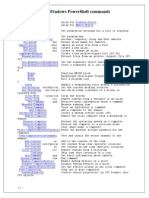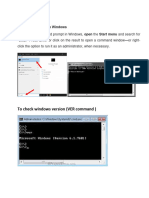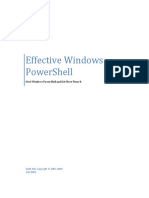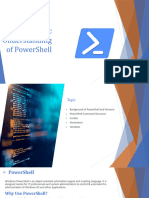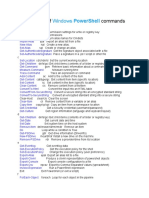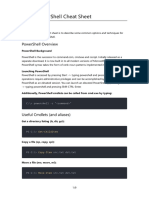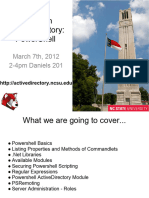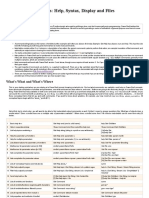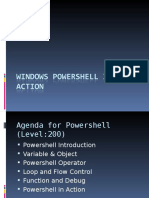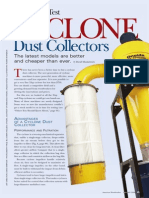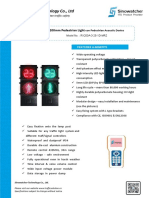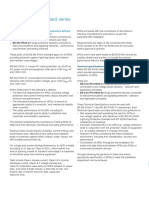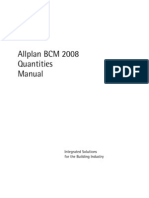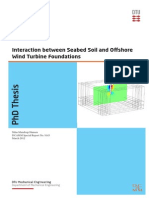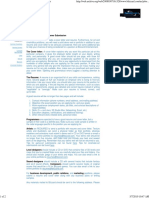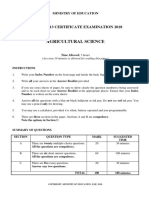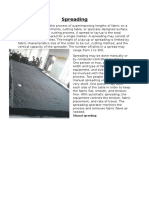0% found this document useful (0 votes)
24 views4 pagesSpiekbrief Pws
The document describes various PowerShell cmdlets and their usage for retrieving information, managing processes and services, navigating the filesystem, editing files, filtering objects, running commands remotely and working with different data types. It provides the name, description and example usage for over 20 common cmdlets as well as defining the 10 main data types used in PowerShell.
Uploaded by
nutaku1948Copyright
© © All Rights Reserved
We take content rights seriously. If you suspect this is your content, claim it here.
Available Formats
Download as DOCX, PDF, TXT or read online on Scribd
0% found this document useful (0 votes)
24 views4 pagesSpiekbrief Pws
The document describes various PowerShell cmdlets and their usage for retrieving information, managing processes and services, navigating the filesystem, editing files, filtering objects, running commands remotely and working with different data types. It provides the name, description and example usage for over 20 common cmdlets as well as defining the 10 main data types used in PowerShell.
Uploaded by
nutaku1948Copyright
© © All Rights Reserved
We take content rights seriously. If you suspect this is your content, claim it here.
Available Formats
Download as DOCX, PDF, TXT or read online on Scribd
/ 4




